Siemens dishwasher does not fill with water
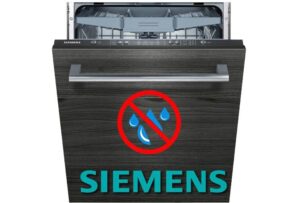 Many users believe that only specialists can repair large household appliances. In fact, you can deal with a number of malfunctions yourself. If you notice that your Siemens dishwasher does not fill with water, try to independently identify the cause of the problem and fix it. We'll tell you how to diagnose the PMM and where to start checking.
Many users believe that only specialists can repair large household appliances. In fact, you can deal with a number of malfunctions yourself. If you notice that your Siemens dishwasher does not fill with water, try to independently identify the cause of the problem and fix it. We'll tell you how to diagnose the PMM and where to start checking.
What could have broken?
The reasons for the lack of water in the dishwasher may be different. From trivial user errors to serious breakdowns inside the device. At the first stage, you need to inspect the dishwasher to identify the “problem” unit.
In most cases, Siemens dishwashers do not draw water due to:
- lack of water in communications;
- a closed shut-off valve at the entrance to the apartment or in front of the machine’s inlet hose;
- clogged filters;
- failed intake valve;
- broken door lock;
- incorrectly functioning pressure switch;
- activation of the “Aquastop” sensor;
- damaged electronic control module.
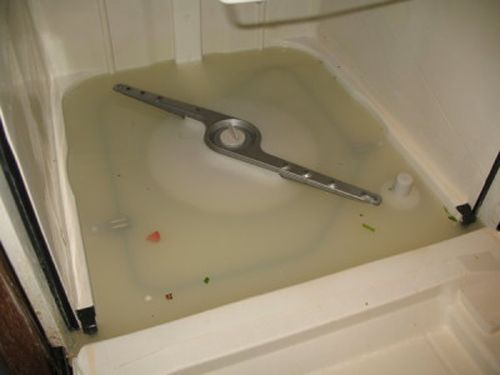
This list of problems is not exhaustive. However, in 96% of cases, the PMM does not take on water due to these factors. It is recommended to carry out diagnostics from simple to complex.
Modern dishwashers display an error code on the display corresponding to a breakdown.
To narrow down the range of possible problems, you need to decipher the error. A description of each fault code is presented in the equipment instructions. Information about a specific PMM model can also be found on the Internet.
Quite often, water collection is not carried out due to trivial user errors.People call a professional to repair their dishwasher, and the specialist discovers that the shut-off valve is closed or the inlet hose is squashed. So first make sure that this is not the case.
Sometimes the water supply in the house is simply turned off. Open the faucet above the bathtub or sink. If there is no stream or the pressure is too weak, you need to wait until the water supply to the apartment is established.
Another common reason is a dishwasher door that is not tightly closed. In this case, the tightness of the system is broken and the machine does not start the cycle. Be sure to check if the lock works.
Sometimes the locking mechanism itself breaks down. In such a situation, you will have to purchase and install a new blocker. When purchasing components, you need to focus on the Siemens PMM model.
Dirt plug in the filter or leakage protection system
Most modern Siemens dishwashers have full leakage protection. That is, they have not only a “float” in the pan, but also a special inlet hose. The Aquastop tube is equipped with a valve that is activated when a leak is detected.
In some cases, water does not enter the dishwasher precisely because the Aquastop inlet hose has “triggered.” The valve shuts off the flow, so not a single drop is poured into the machine. The solution to the problem is to replace the element.
The inlet hose with the Aquastop valve cannot be repaired; you will have to buy and install a new part.
Water may not enter the PMM due to a clogged inlet filter. Over time, the mesh becomes clogged with lime deposits, sand and other debris. To “reanimate” the dishwasher, you will have to clean the filter element.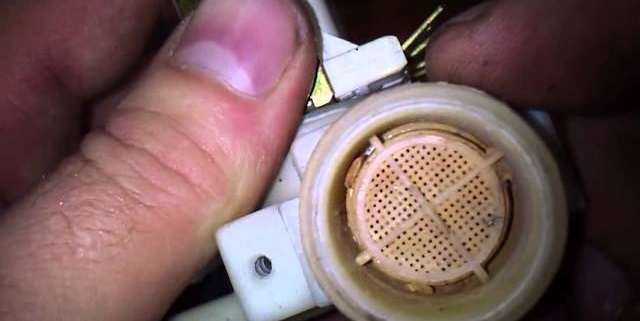
The filter is located in the area where the inlet hose is connected to the machine. To get the mesh you need:
- turn off the power to the dishwasher;
- close the shut-off valve;
- unscrew the inlet hose;
- pull out the filter located in front of the inlet valve.
Next, the mesh is washed under running warm water. If the filter is coated with limescale, clean it with a toothbrush. Then install the element in its original place.
Experts recommend installing an additional coarse filter in front of the dishwasher inlet hose. It will protect equipment from impurities contained in hard tap water. It also needs to be cleaned periodically, approximately every 6-12 months.
The problem may be a faulty intake valve. Usually the coil of the device suffers. The element cannot be repaired and will need to be replaced.
The solenoid valve may stop working due to an open circuit. You'll have to check the wiring. Probably one of the contacts has come loose or some cable is damaged. By restoring the connection, it will be possible to “reanimate” the dishwasher.
Problem with the pressure switch
If the dishwasher is noisy, the LEDs on the dashboard are lit, the sound of water is clearly heard, but the cycle does not start, you should check the pressure switch. It is an incorrectly functioning level sensor that can provoke such disgrace. This is a device whose task is to record how much water has accumulated in the washing chamber.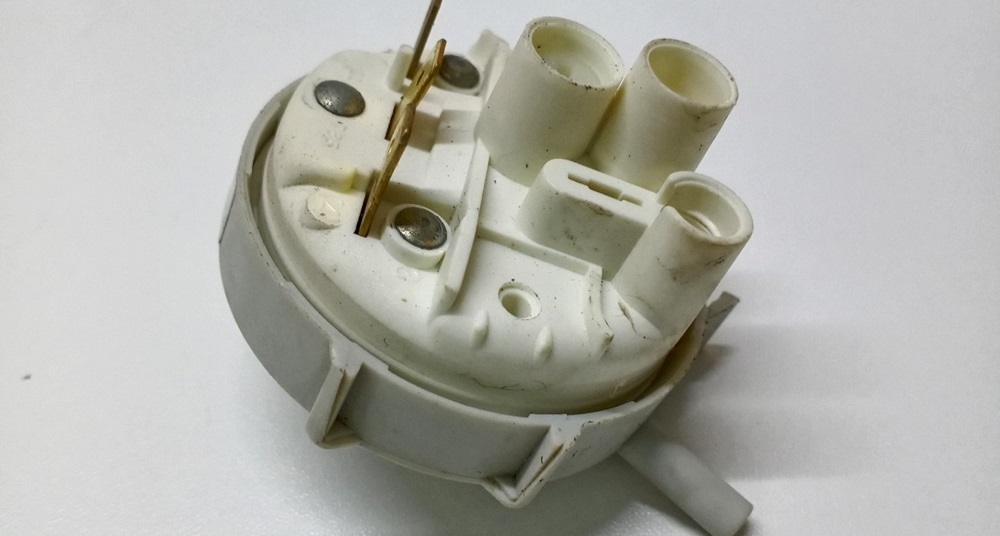
When the pressure switch fails, it cannot measure the volume of water in the chamber. In such a situation, the following happens:
- water is poured into the dishwasher, but the level sensor does not inform the control module about this;
- the washing chamber overflows, the pump begins to urgently pump water into the sewer;
- the control unit, thinking that the machine is not filling, displays a system error on the display and stops the operation of the equipment.
It is not difficult to diagnose such a breakdown; you just need to take a closer look at the operation of the dishwasher. If you can clearly hear the murmur of water and the sound of a pump running, then in 90% of cases the pressure switch is to blame. The level sensor cannot be repaired; the element will need to be replaced.
Blame it on the electronics
What to do if no faults have been found during diagnostics so far? The reason may be in the PMM control module. Few people will be able to understand the electronic unit, let alone repair it. Not even all craftsmen undertake to repair this part, not to mention ordinary users.
The control module is the “brain” of the dishwasher. The board itself is small, but it consists of numerous microcircuits, semiconductors and other elements. Usually it is not the entire unit that fails, but some specific part. The defect can be detected with the naked eye.
To get the electronic control unit, you will have to:
- turn off the power to the dishwasher;
- disconnect the device from the water supply and sewerage;
- open the dishwasher door wide;
- Unscrew the screws located on the ends and back of the door;
- “halve” the door by removing its upper part.
Inside you can see the control board. There is no need to disconnect the wires from it, just inspect the module. If there are no obvious defects or traces of soot, then it’s better not to go any further. Diagnostics and repair of the electronic unit should be entrusted to the specialists of the service center.
If your dishwasher is still under warranty, you should not disassemble it yourself. It is better to transfer the device to a service center for diagnostics. When you no longer have the right to free service, you can try to fix the “home assistant” yourself.
Interesting:
Reader comments
- Share your opinion - leave a comment

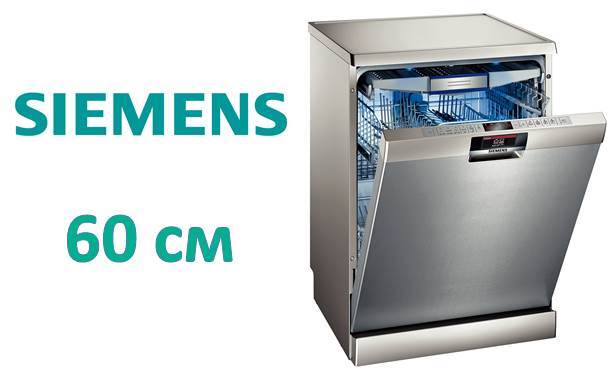

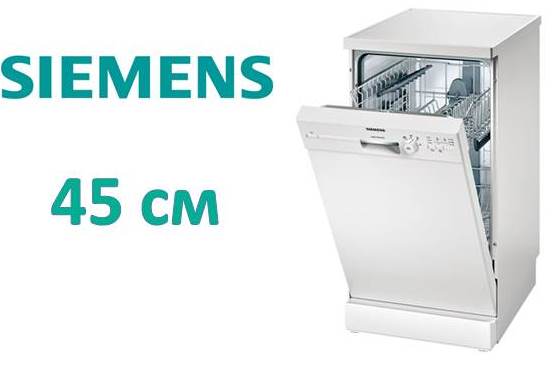

















Add a comment